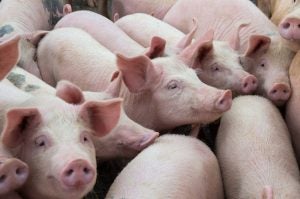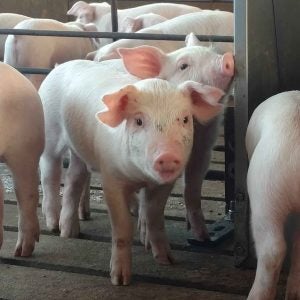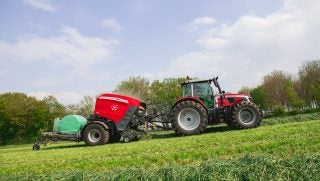Decisions around sow barn remodeling, reducing sow herd inventory, and adjusting gilt flow are some of the challenges U.S. pork producers face as they explore and consider options to make farms compliant with California’s Proposition 12 requirements. A new resource from the Iowa Pork Industry Center offers information for producers planning to transition their production.
Matt Romoser, swine specialist with Iowa State University Extension and Outreach, is one of the authors. He said the goal of the publication, “Sow Management Considerations with California Proposition 12,” was to provide some considerations for producers on how to manage the breeding herd under the guidelines of California Prop 12.
Animals that are used in research studies, during individual treatment, transportation, fairs, at slaughter, while nursing piglets and five days prior to farrowing are exempt from Prop 12 practices.
Managing females in breeding herds
The report reviews considerations for managing aggressive interactions with sows. Within the requirements of Proposition 12, sow groups will be formed after weaning.
Sows are currently weaned into stalls and mixed after breeding.
“Feeding system and competition level should be considered at the time of renovation and managed by mixing females with others of similar age and size,” reads the report.
Group management
Two primary methods: Static pens (grouping sows once) and dynamic pens (periodically adding new sows) — are used during gestation. Static pens, pre-Proposition 12, managed breeding groups effectively, but space constraints now limit their efficiency. Strategies involving segmenting gestation periods or hybrid approaches between static and dynamic grouping might be necessary.
Dynamic pens offer space efficiency but raise concerns about increased aggression and labor requirements due to mixing sows multiple times. Large group dynamics seem more suitable for dynamic pens to minimize social hierarchy issues.
Space limitations and strategies for managing static groups under Proposition 12 are also important to consider. Producers must consider the benefits and challenges of dynamic pens, including increased mixing aggression and labor requirements.

Breeding
Breeding pigs in compliance with Proposition 12 presents challenges, especially in conducting estrus detection and insemination while restricting stall time to less than 24 hours in a 30-day period.
The current use of free access stalls to temporarily isolate females for insemination is viable, but it requires considering installation costs, necessary stall numbers for accommodating sows, and managing gilts entering the breeding herd.
Studies on estrus expression post-weaning yield inconclusive results, affecting estrus detection rates, which necessitates ensuring adequate boar exposure for all females. Managing sows returning to estrus and pregnancy checking becomes more labor-intensive in group housing systems, potentially affecting barn flow efficiency.
Gilt development
Managing gilts before introducing them to the breeding herd under Proposition 12 requires adjustments. Ensuring adequate space for gilts, especially those not reaching puberty by the stipulated age, poses challenges.
Strategies like early boar exposure and hormone treatment aim to stimulate puberty earlier. Training gilts on feeding systems and acclimating them to the environment can reduce stress and maintain optimal weight during critical reproductive periods.

Feeding
Sow body condition management becomes crucial, particularly in early gestation, due to limitations in controlling individual feed post-breeding. Different feeding systems have varying impacts on sow conditions; while some systems allow for individual adjustments, others require smaller groups to manage feed competition. Monitoring body condition scores throughout gestation is vital.
Attention to gilt weight and condition at first breeding becomes critical for their long-term productivity and retention within the herd.
“This fact sheet includes what we know today on how to manage sows under these regulations,” he said. “So, whether you’re a sow farm manager with no group housing experience or an owner looking to the future and considering retrofitting or building new, it can be a helpful resource.”
Each sow farm’s journey to comply with Proposition 12 is distinct, tailored to its specific production systems and goals. The adjustments and requirements are multifaceted, extending beyond the aspects highlighted here. Numerous decisions and factors not covered in this discussion shape the ultimate strategy for compliance.


